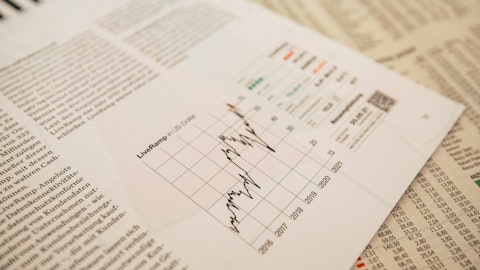This slide introduces the empirical relationship between three different solar energy configurations using solar PV only, using PV plus battery energy storage systems or BESS, and using a combination of concentrated solar plus PV plus thermal energy storage or TES. The slide is divided into three vertical sections to highlight what happens if your objective is to operate with no storage, as shown by the gray section, where you can get up to 10 hours of energy by running a typical solar plant when the sun is shining or 1 to 4 hours of storage shown by the blue section or 4 to 14 hours of long-duration storage shown by the orange section. The path of the sun dictates the productivity of PV. Without using battery energy storage, we see diminishing marginal returns and trying to extend the number of hours of electricity that PV can produce into that blue vertical section.
This is all despite very low levelized cost of energy for daytime solar PV, when the sun is shining brightly and directly on the panels. This dynamic is because in order to squeeze out more performance out of PB, you’re ultimately oversizing the PB deal to get production during the hours when the sun has stopped shining on the optimality pointed panels. Even when using trackers, since the sun is not very powerful in the early and late portions of the day, you need to install more panels to get the same amount of energy as you would during the more productive times. Without battery storage, all that excess peak solar power generated by PV increases the overall cost of the power that you’re generating. The most common way that people assume you can mitigate this is to use batteries to store that excess energy when the sun is shining the brightest.
The problem with this is that battery energy storage is still prohibitively expensive. So, although you can get closer to near 24/7 dispatchable renewable power, which brings you to that 4 to 14 hours of storage realm in the orange section, there’s an associated increase in the levelized cost of energy that would make this an undesirable option for most industrial processes or owner-operators of utilities that serve industry. Now, let’s talk about where CSP fits in. CSP doesn’t compete on cost with daytime or PV, but it doesn’t have to because where CSP excels is where — when it is paired with thermal energy storage. That’s because the incremental cost of thermal energy storage is much lower than the incremental cost of batteries. So, the total cost of CSP plus thermal energy storage is attractive when around-the-clock dispatchable energy is the objective, and that cost gets even lower by integrating daytime PV into this combination.
This is the crux of what we refer to in Heliogen as our hybrid power offering. It is really targeting the orange section of 4 to 14 hours of long-duration energy storage. The PV that we integrate can be any off-the-shelf commercially available PV equipment, whereas the CSP uses Heliogen’s core IP to enhance concentrated thermal technology that already exists. Slide 14 layers on the revenue side of this equation. And by that, we mean it’s revenue if you’re selling the power or if you’re consuming the power, it equates to the avoided cost to purchase the power from CAISO as an example. Slide 15 then adds the profit curves for each power generation setup. Our focus is on profitable long-duration power solutions for customers that need load following or baseload power.
At some point, despite the low initial costs, more PV becomes a money loser when you’re trying to achieve long duration and dispatchable energy. There’s a short period of time where PV with battery energy storage can be profitable, but really only in those shoulder times and power prices at the highest. CSP plus PV plus thermal energy storage can be the most profitable and can earn the most profits per day. On Slide 16, this shows that profitability improves as grid power costs rise. This is a trend we’ve been seeing everywhere. Power costs keep going higher as more generation is built out and all that new generation requires transmission and related equipment upgrades. The profit line extends all the way up to 22 hours and beyond, giving you the maximum opportunity to maximize on the location with the right framework for both CSP and PV, along with thermal energy storage.
So, in summary, although CSP has a larger capital outlay, the total all-in delivered cost of energy can be more competitive than PV with battery when we combine our CSP with thermal energy storage and solar PV. On slide 17, I’ll spend a moment on our Generation 3 CSP progress. To ground people unfamiliar to the industry on what we mean by Generation 3, I’ll start by describing Generation 2 CSP technology, which is how the industry, including the Department of Energy described the currently available forms of CSP with energy storage. Steam and Molten salt are examples of Generation 2 CSP storage technology, and these are already proven and in commercial operation today in existing facilities. Generation 3 CSP technology is defined in the industry as having thermal energy storage that has potential to support higher system storage capacity, efficiency and reliability, which ultimately drives down energy costs.




